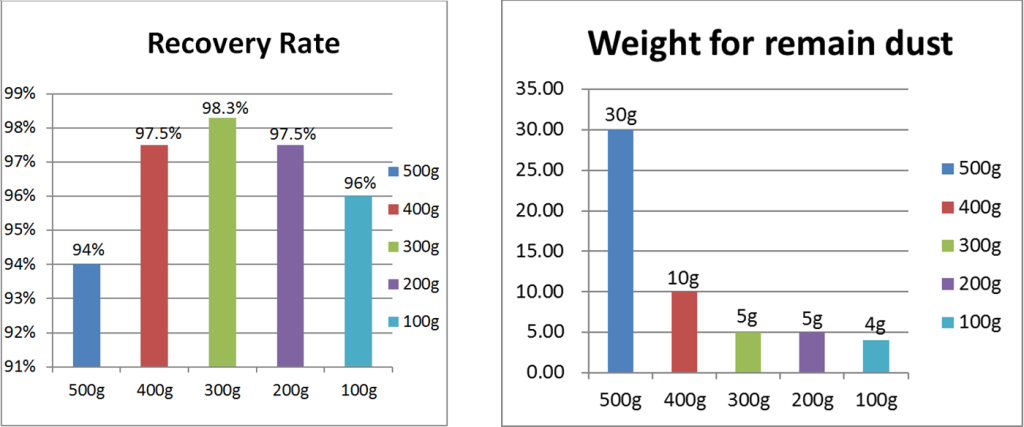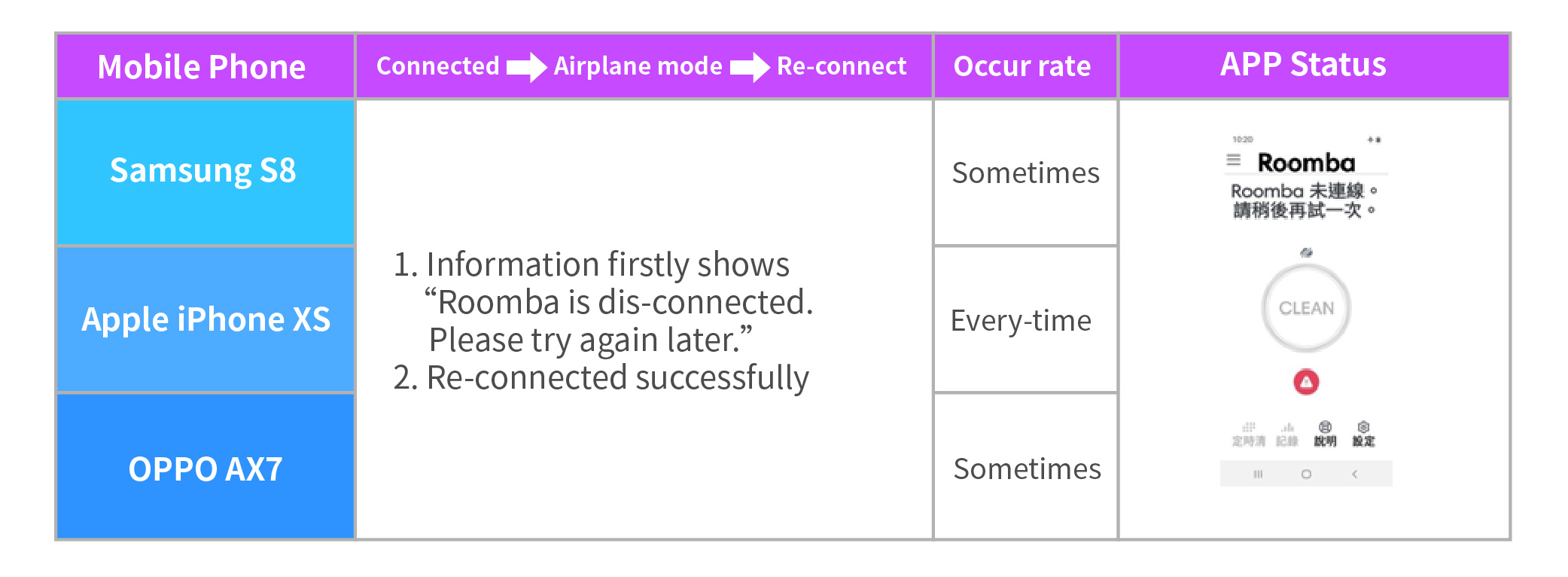Allion Labs | Nash Tung
At home, it’s easy to create a comfortable living environment, substituting extra manpower for smart home technology; among them, robot vacuums. However, the price varies on the market; usually from 100 to 1000 USD. How has finding the best choice in price and function become such a hard decision? The answer is simple: the original design of the product is important.
A good robot vacuum should contain these functionalities:
- Deep cleaning
- Smart mapping and navigation
- Cleaning for blind spots
- Furniture damage prevention
- Good wireless connection
- A smart charging system
The most issues for robot vacuums
Allion has conducted experimental tests on robot vacuums to help manufacture quickly and find product problems. In addition to reducing customer complaint rates, it also enhances product quality.
The less dust, the less cleaning
We set 2 tests in a 13-square-meter space to evaluate cleaning performance.

The results display a recovery rate of 500g reaching 94%. However, the floor still has about 30g of dust; therefore the user can still feel the dust when walking.

According to the results, there is almost no difference between distinct granules during robot vacuum cleaning. However, when the granules are collected around the corner, the recovery rate is 16%, which has a significant difference compared to the aisle. These test results may be used as a reference to avoid uncleanness.
Compatibility Issues on Product Apps and Mobile Phones

Allion uses the three well-known major mobile phone brands on the market in order to perform testing of app connection According to the results, the Samsung S8 has the lowest score on connection testing. We speculate that the app does not reconnect the wireless module in time when the wireless module of the mobile phone turns back on from power saving mode, which fails during re-connection.

In the test above, we first removed the robot vacuum from the app and then tried to reconnect it. Surprisingly, the resulting outcome was a failure on all mobile phones. We speculate that the stored data in the app has already memorized the model, therefore the solution is to remove the app and reinstall it before the device can be readded. Such repeated operations will decrease the users’ intention of using the device or they may even return it.

During the final test, we simulated a scenario: users turn on airplane mode when they go to bed at night and request the robot vacuum clean while they are not home. However, users often see “device cannot connect” from the app. We concluded that the app will occasionally disconnect when it tries to connect to the Android or iOS system. We also found out the device always requires users to reconnect to the iOS system. These connection issues should be avoided when the device is in the early stages of development. Otherwise, there will be a lot of complaints from consumers.
Allion—The Best Testing partner for IoT Products
As an expert in IoT product validation, Allion has accumulated years of testing experience. We can provide problem-solving and customized solutions for your IoT products to make them stable, reliable, and compatible with other brands.
If you need more information about IoT product validation, please visit the website: Interoperability Test Center.


































